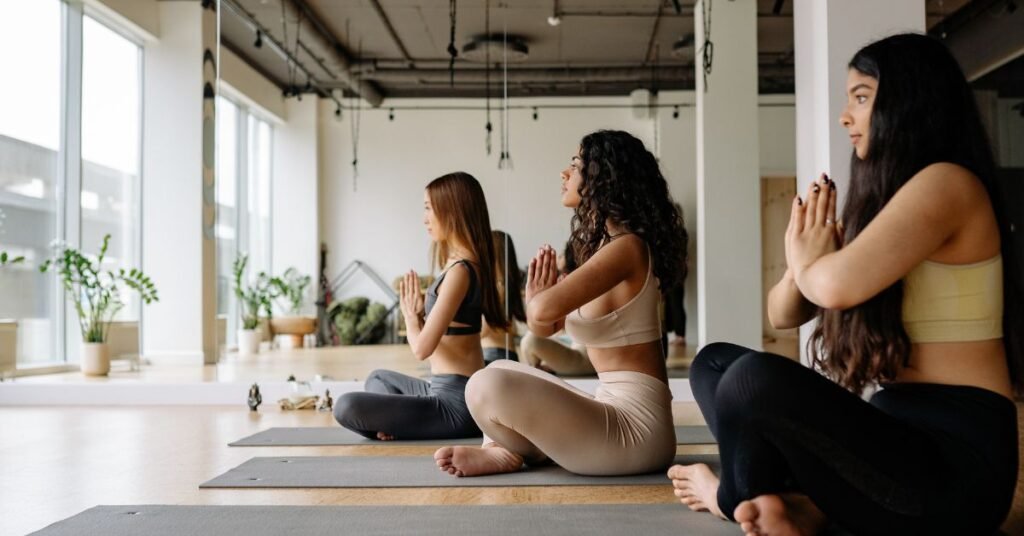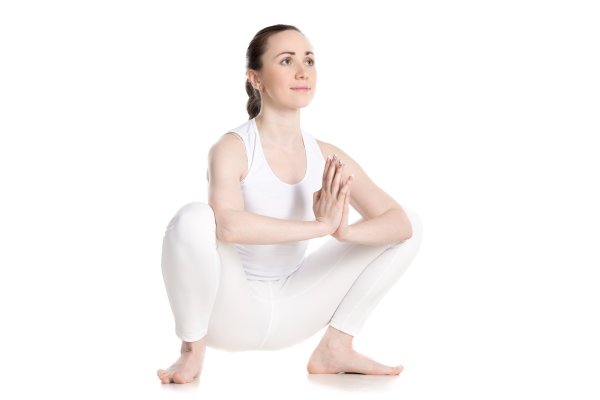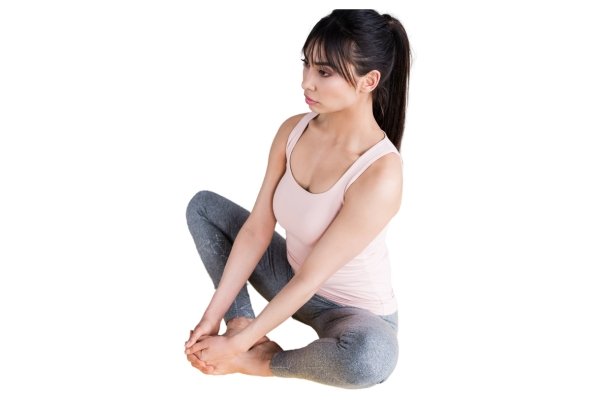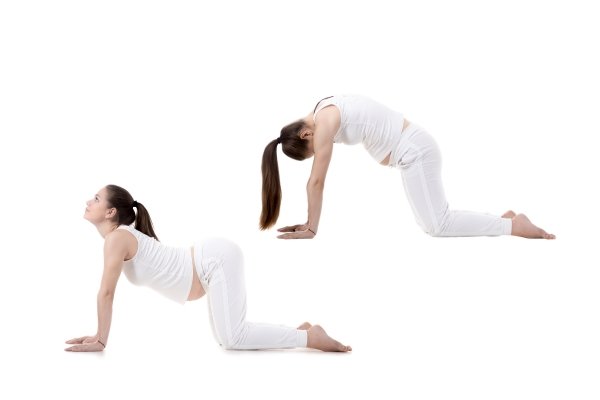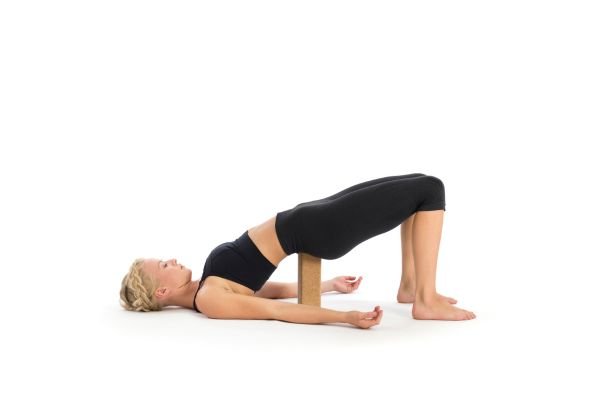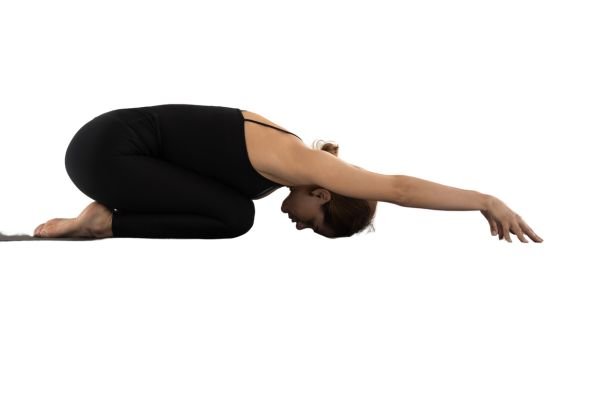Preparing the body for childbirth involves more than just mental readiness—it requires a strong, flexible, and well-supported pelvic region. Yoga offers a natural and holistic approach to strengthening the pelvic muscles, helping expectant mothers move, breathe, and relax more effectively during labor. Through consistent practice, yoga not only builds muscle tone but also improves awareness and control, laying the foundation for a smoother, safer, and more empowered birthing experience.
Can Yoga Help Strengthen Pelvic Floor Muscles?
Yes, yoga can help strengthen pelvic floor muscles in a natural and effective way. The controlled movements, mindful breathing, and gentle engagement of muscles in yoga help improve awareness and strength in the pelvic region. By focusing on breath and alignment, yoga encourages you to activate and relax the pelvic floor consciously, which enhances muscle tone and coordination over time.
Regular practice can also improve blood circulation, support core stability, and reduce issues like urinary leakage or pelvic discomfort. For women, especially during prenatal and postnatal stages, yoga plays a vital role in preparing the body for childbirth and restoring strength afterward. Overall, yoga offers a safe, holistic approach to maintaining pelvic health and balance.
Why Prepare Your Pelvis?
Preparing your pelvis is essential because it serves as the foundation of your body’s core stability, balance, and movement. A well-aligned and strong pelvis supports your spine, hips, and lower body, allowing smooth movement and reducing the risk of discomfort or injury.
For women, especially during pregnancy and childbirth, preparing the pelvis becomes even more important. A flexible and strong pelvic region helps support the growing baby, promotes better posture, and creates more space for the baby’s descent during labor. It can also ease lower back pain, improve circulation, and enhance overall comfort throughout pregnancy.
Beyond pregnancy, maintaining a healthy pelvis supports bladder control, digestion, and reproductive health. Preparing and strengthening this area through mindful practices like yoga ensures long-term stability, alignment, and overall well-being.
You may also like to read : 5 Effective Yoga Poses for Pregnant Women
What are the Benefits of Yoga for Pelvic Floor Muscles?
Strengthens Core Support – Yoga helps engage and tone the pelvic floor, which works in harmony with your core muscles to provide better stability and posture.
Improves Muscle Awareness – Regular practice increases body awareness, allowing you to consciously activate and relax the pelvic floor muscles when needed.
Enhances Circulation – Yoga promotes blood flow to the pelvic region, supporting tissue health and recovery, especially after pregnancy or pelvic injuries.
Reduces Pelvic Tension – Mindful breathing and gentle movement help release tension in the pelvic area, easing discomfort and stress-related tightness.
Supports Postpartum Recovery – Yoga aids in restoring pelvic strength and control after childbirth, improving bladder control and overall pelvic health.
You may also like to read : Yoga Exercise to Reduce Anxiety in Pregnancy
Here Are 5 Pelvic Floor Yoga Poses to Try
Malasana (Garland Pose – Deep Squat)
This deep squat opens the hips, strengthens the pelvic floor, and improves flexibility in the lower body. It helps prepare for labor by increasing pelvic mobility and encouraging relaxation.
How to Do It:
- Stand with your feet wider than hip-width apart and turn your toes slightly outward.
- Slowly lower into a deep squat, keeping your spine straight.
- Press your palms together in front of your chest and use your elbows to gently push your knees outward.
- Hold for 5-8 breaths, ensuring that your pelvic floor is engaged but not overly tensed.
Modification: If you feel strain, sit on a yoga block for support.
Supta Baddha Konasana (Reclining Bound Angle Pose)
A restorative pose that enhances blood circulation to the pelvic region, gently stretches the inner thighs, and promotes relaxation of the pelvic floor muscles, reducing tension and discomfort.
How to Do It:
- Lie down on your back with your knees bent.
- Bring the soles of your feet together, allowing your knees to fall open.
- Place pillows under your knees for support if needed.
- Focus on deep belly breathing, relaxing the pelvic muscles as you exhale.
- Hold for 1-2 minutes.
Modification: If lying flat is uncomfortable, elevate your upper body with a bolster or pillow.
Cat-Cow Pose (Marjaryasana-Bitilasana)
A gentle flow between arcing and rounding the back that improves spinal flexibility, engages the pelvic floor, and encourages better posture while relieving lower back tension.
How to Do It:
- Get into a tabletop position with your hands under your shoulders and knees under your hips.
- Inhale, arch your back (Cow Pose), and lift your tailbone while looking up.
- Exhale, round your spine (Cat Pose), and tuck your chin to your chest.
- Repeat for 8-10 slow breaths, syncing movement with breath.
Modification: Place a folded blanket under your knees for extra support.
Bridge Pose (Setu Bandhasana)
Strengthens the glutes, lower back, and pelvic floor muscles while improving core stability. This pose also promotes controlled engagement of the pelvic floor for better support.
How to Do It:
- Lie on your back with knees bent and feet hip-width apart.
- Inhale, press through your feet, and lift your hips toward the ceiling.
- Engage your pelvic floor muscles while holding the pose for 5-10 seconds.
- Exhale, slowly lower your hips back down.
- Repeat 5-7 times.
Modification: Place a yoga block under your sacrum for a more restorative version.
Child’s Pose (Balasana)
A deeply relaxing pose that helps release tension in the pelvic floor, lower back, and hips. It encourages deep breathing, which aids in stress relief and overall muscle relaxation.
How to Do It:
- Kneel on the mat with your big toes touching and knees wide apart.
- Lower your torso forward, extending your arms out in front of you.
- Rest your forehead on the mat and take deep, calming breaths.
- Hold for 30-60 seconds.
Modification: Use a pillow under your belly if needed for extra support.
Yoga Poses to Strengthen and Relax Your Pelvic Floor
Incorporating yoga into your routine offers a gentle yet effective way to strengthen and relax your pelvic floor. By combining mindful movement with conscious breathing, you can enhance core stability, improve muscle awareness, and support overall pelvic health. Whether you’re preparing for childbirth, recovering postpartum, or simply aiming for better balance and strength, yoga provides a holistic approach that nurtures both body and mind, helping you feel stronger, more aligned, and empowered every day.
Join us at Body and Mind Yoga Center, where our specialized prenatal yoga classes in Dubai provide a nurturing environment for mothers-to-be to connect with their bodies and their growing babies.


